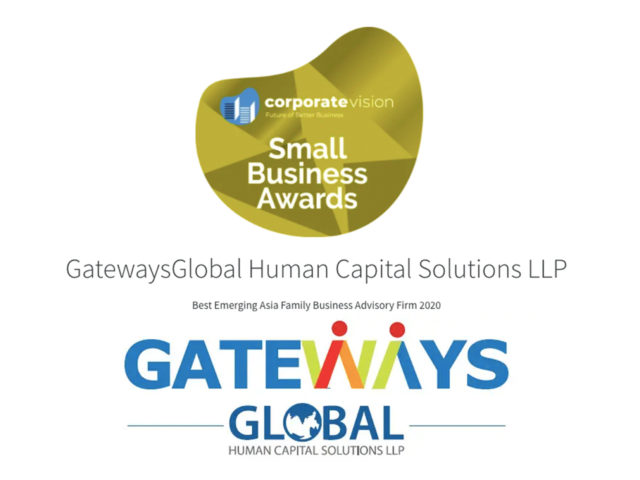
Family businesses are unique entities that operate under a set of dynamics that are unlike those of other businesses. They are built on the foundation of family values, traditions, and history, and often strive to leave a legacy for future generations. However, to sustain and grow the business, it is crucial for family businesses to have a clear sense of direction and purpose. This is where the concepts of a vision statement come into play.
In simple terms, a vision is a statement that outlines the long-term goals and aspirations of the business. Even though family members are more likely to be on the same page when it comes to values, they are also more likely to have disputes about the business than non-family member employees. So, a long-term well-defined vision is critical for a family business as it helps in achieving a common goal and formulating a family succession plan.
A family business has been operating for many years, producing, and selling high-quality handmade furniture. The business has a loyal customer base, and the family takes great pride in the craftsmanship of their products. However, as the market evolves, the family notices a decline in demand for their traditional products. They realize that they need to adapt to changing customer needs and develop a new direction for the business. They had short term goals and did not look much into the future.
To guide their efforts, the family decides to create a vision statement that will articulate their long-term goals and aspirations. They spend several weeks brainstorming and discussing what they want the business to achieve in the future.
After much discussion, they create a vision statement that reads, “To become a leader in sustainable furniture design, delivering high-quality products that embody our values of craftsmanship, environmental responsibility, and community engagement.”
With this vision in mind, the family begins to make changes to their business operations. They invest in new technology that allows them to use sustainable materials and reduce waste. They also begin to experiment with new designs that appeal to modern customers while still incorporating traditional craftsmanship.
As a result of these changes, the business begins to attract new customers who value sustainability and modern design. The family’s reputation for quality craftsmanship remains intact, but they have also established themselves as leaders in sustainable furniture design.
This example demonstrates the importance of having a clear vision statement in a family business. Without a vision, the family may have continued to produce traditional furniture, failing to adapt to changing customer needs. This allowed them to successfully transition to a new direction for their business, ensuring its continued success for future generations.
The importance of having a clearly defined vision cannot be overstated. Here are some reasons why:
Provides Clarity and Direction
A vision statement sets the course for the future, outlining where the business wants to be in the long term. It provides clarity and direction to the family members and employees of the business, giving them a sense of purpose and direction.
Builds a Strong Brand Identity
A well-crafted vision statement can help build a strong brand identity for the business. This is particularly important for family businesses, which often have a unique story and history that sets them apart from their competitors. By articulating the values and purpose of the business, a family business can create a strong brand that resonates with customers, employees, and other stakeholders.
Helps to Attract and Retain Talent
In today’s competitive job market, it is important for businesses to attract and retain top talent. A clear and compelling vision statement can help to attract employees who share the same values and are passionate about the purpose of the business. This can lead to a more engaged and committed workforce, which is crucial for the success of any business.
Guides Decision-Making
Having a clear vision can guide decision-making within the business. When faced with difficult decisions, family businesses can refer to their vision statement and use them as a framework for making the best choice. This can help to ensure that the business is aligned with its values and purpose and can avoid decisions that may be detrimental to the long-term success of the business.
Facilitates Succession Planning
Succession planning is a critical process for family businesses, as it ensures the smooth transition of leadership from one generation to the next. Having a clear vision can help to facilitate this process by providing a framework for the future direction of the business. This can help to ensure that the business remains true to its values and purpose, even as new generations take over.
Increases Resilience
Finally, having a clear vision can help to increase the resilience of family businesses. By articulating the purpose and values of the business, family businesses can create a strong sense of identity and purpose that can help them weather difficult times. This can be particularly important during times of crisis, such as economic downturns or natural disasters.
In conclusion, the importance of having a clearly defined vision cannot be overstated for family businesses. Vision statement provide clarity and direction, build a strong brand identity, attract, and retain talent, guide decision-making, facilitate succession planning, and increase resilience. By taking the time to develop and articulate these statements, family businesses can ensure that they are well positioned to face any adversities.









